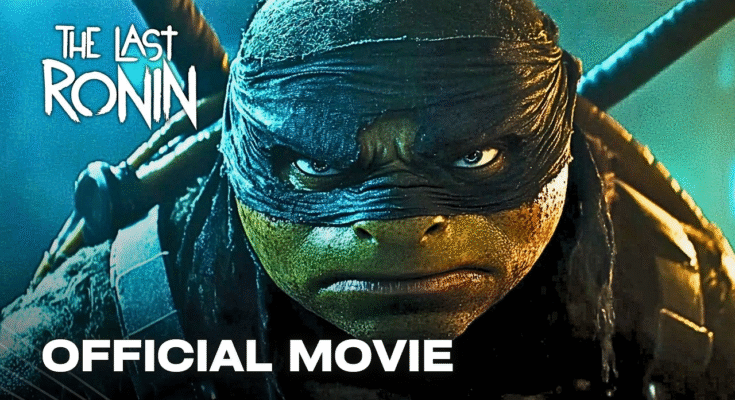
The shadows are longer. The laughter is gone. In Teenage Mutant Ninja Turtles: The Last Ronin, audiences are pulled into a harrowing reimagining of a childhood legend—one where the stakes are final, the wounds are deep, and the shell has long since hardened into armor. Based on the gritty and beloved graphic novel by Eastman, Laird, and Waltz, this film marks a bold leap for the franchise—into darkness, into memory, into myth.
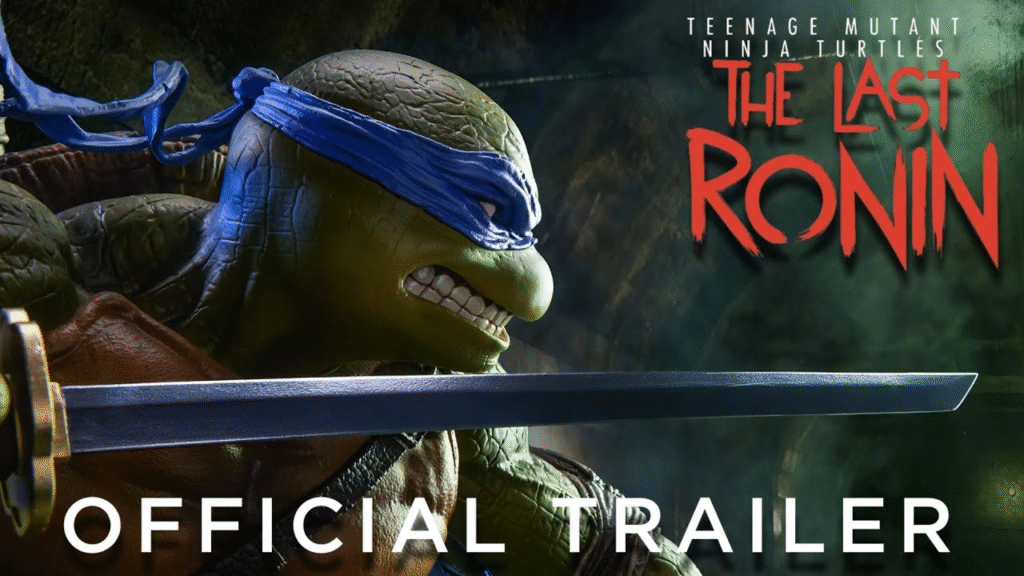
Once the heart of the team, Mikey is now its last breath. Clad in a tattered cloak, voice rasped by solitude, he wanders a cyberpunk dystopia version of New York City—blistered by neon, ruled by steel. Oroku Hiroto, the technocratic heir to the Shredder’s legacy, commands the city like a digital pharaoh, guarded by drone armies and foot-clan hybrids. But vengeance moves quietly. And Mikey—armed with the weapons of his fallen brothers—is vengeance incarnate.
This is not the Michelangelo of old. Gone are the quips, the lightness, the joy. What remains is discipline forged by grief, rage honed by loss. Through haunting flashbacks, we see how the turtles fell—not in battle, but through betrayal, war, and sacrifice. Each memory hits with the weight of a shuriken to the heart, and director Gareth Evans (rumored at the helm) weaves these moments into the present with surgical precision.
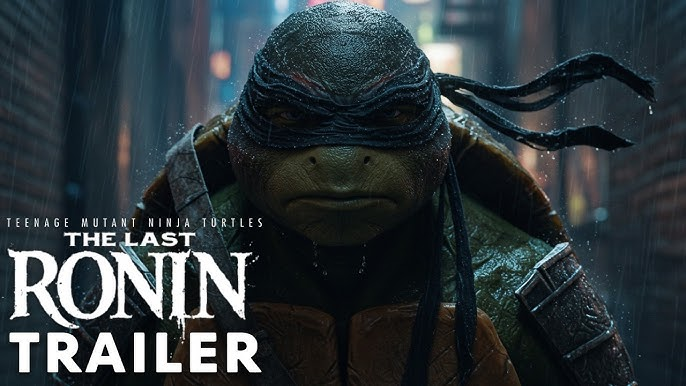
The voice cast delivers. Whoever gives life to this older Michelangelo imbues him with a gravelly sorrow and stubborn fire that echoes across every scene. The voices of Leonardo, Donatello, and Raphael live on as hallucinations, ghosts, or perhaps fragments of Mikey’s fractured psyche. Each one speaks not just to guide him—but to remind us what he’s lost. These internal conversations—philosophical, confrontational, brotherly—are some of the film’s most powerful.
Casey Marie Jones is a breakout revelation. Fierce, vulnerable, and relentless, she becomes more than an ally—she’s the soul of the new resistance. Her chemistry with Mikey isn’t buddy-cop banter—it’s generational grief meeting youthful defiance. She’s a spark in a world of ash, and through her, we glimpse a possible tomorrow.
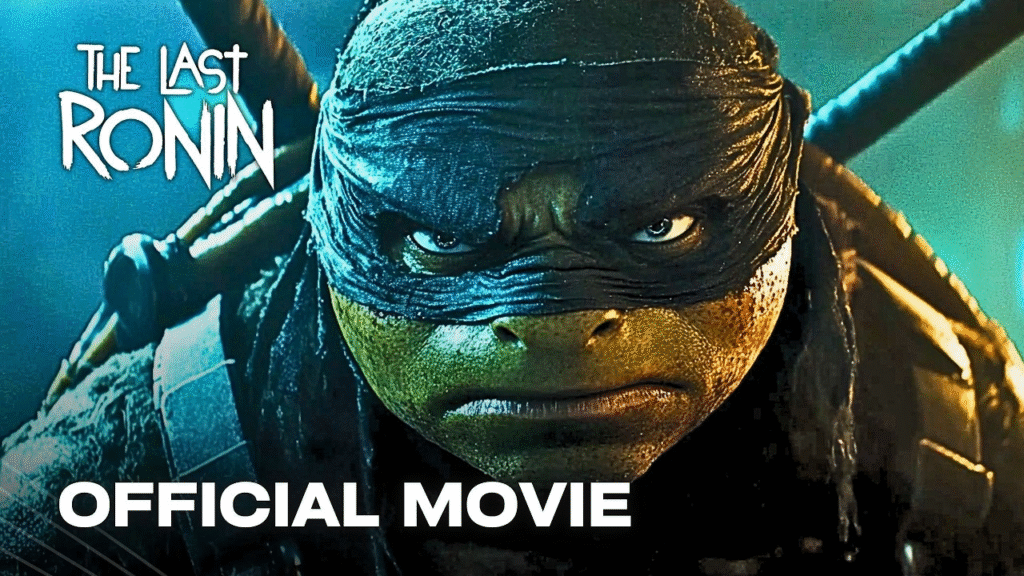
Visually, The Last Ronin is breathtaking. Gone is the cartoon palette; in its place: noir rain, glitching billboards, and rusted remnants of turtle glory. Fight scenes are brutal and intimate—less superhero spectacle, more samurai poetry. When Mikey takes on dozens of foot soldiers alone in a rain-drenched alley, it’s not just a fight—it’s ritual. Every blow, a tribute to his brothers. Every drop of blood, a verse in their final song.
The film’s score, a moody fusion of traditional Japanese instruments and synth-heavy ambiance, deepens the atmosphere. It hums beneath the emotion, building to crescendos in moments of confrontation and reflection alike.
But The Last Ronin is not just violence and vengeance—it’s legacy. It’s about how legends fade, how heroes die, and how their stories remain. It challenges our understanding of what it means to win. And in the end, when Mikey’s journey reaches its devastating and beautiful close, the silence left behind speaks louder than any roar of victory.
This is a film that dares to be final. To show what happens when the war ends—not with triumph, but with the passing of a torch. It’s Logan for turtles. Blade Runner with katana. And it’s easily the most emotionally resonant TMNT story ever told.
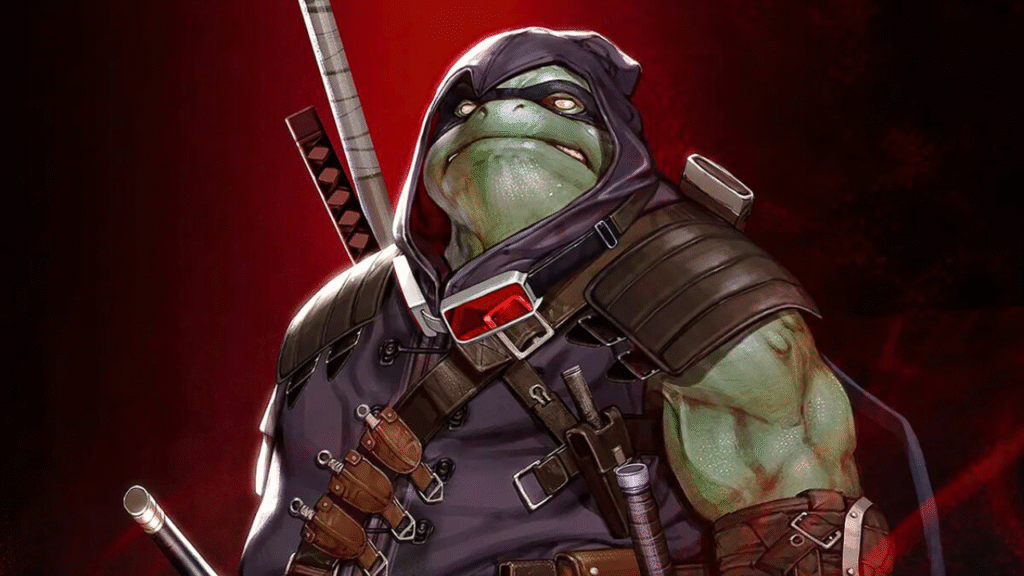
⭐ Final Rating: 9.3/10
A brutal, heartfelt farewell that honors the past, scars the present, and dares to imagine a future. One turtle. One last legend.